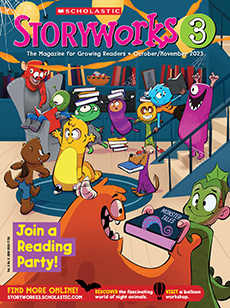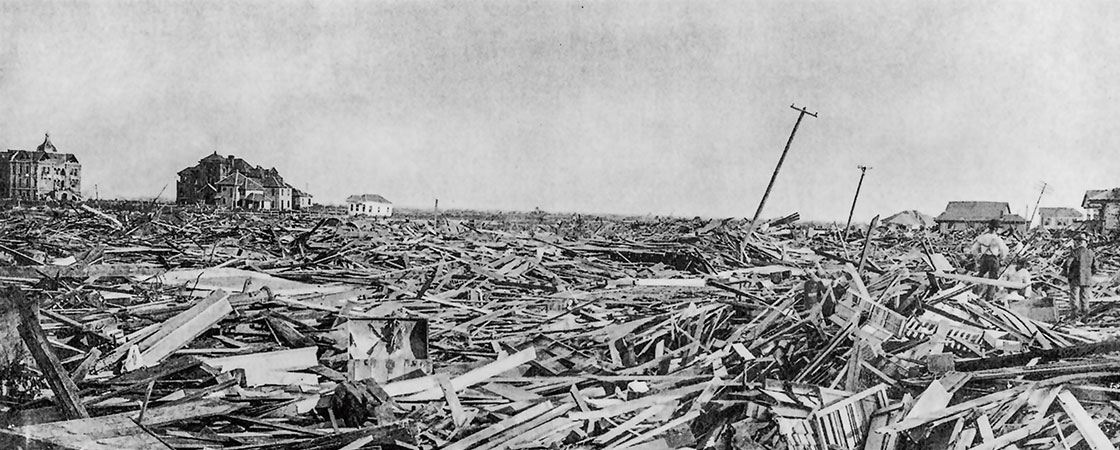COURTESY OF PETER FLAGG MASSON
Harry Maxson
Galveston, Texas, was drowning.
It was September 8, 1900. The city was being torn to pieces by a brutal hurricane. Thousands of people were dead.
Harry Maxson, 14, stood at the window of his house. Outside, the wild ocean was like a furious beast devouring his neighborhood. It was swallowing up trees. It was tearing houses apart. Harry’s ears hurt from the screaming wind.
Then Harry heard another sound.
“Help me!”
A woman was calling from somewhere outside.
Harry could barely swim. How could he help anyone?
“Please! Come and save us!” the woman cried.
Harry took a breath. He had to rescue that woman, even if it cost him his life.
Back in 1900, Galveston was the most important city in Texas. A lot of rich people lived there. There were many fancy homes. Galveston was filled with white sand beaches. The streets were made of crushed oyster shells. This made the streets sparkle like diamonds.
But that September, a hurricane hit.
Hurricanes form over oceans. They cause winds strong enough to destroy buildings. Trillions of gallons of rain can fall. These storms have killed more people in the U.S. than any other natural disaster.
During the Galveston hurricane, hundreds of houses were knocked down. Trees flew through the air. The city turned into a raging sea. People were drowning.
But Harry Maxson, age 14, was safe. And soon he would become a hero.
Galveston, Texas, was drowning.
It was September 8, 1900. The city was being torn to pieces by a hurricane. Thousands of people were dead.
Harry Maxson, 14, stood at the window of his house. Outside, the wild ocean was like a furious beast. It was swallowing up trees. It was tearing houses apart. The wind was so loud, it hurt Harry’s ears.
Then Harry heard another sound.
“Help me!”
A woman was calling from somewhere outside.
Harry wasn’t a good swimmer. How could he help anyone?
“Please! Come and save us!” the woman cried.
Harry took a breath. He had to rescue that woman, even if it cost him his life.
Galveston, Texas, was drowning.
It was September 8, 1900, and the city was being torn to pieces by a brutal hurricane. Thousands of people were dead.
And in the middle of the terror was 14-year-old Harry Maxson.
He stood at the window of his house. Outside, the wild, churning ocean was like a furious beast devouring his neighborhood. It was swallowing up trees and barns, tearing apart houses and carrying them away. Harry’s ears pounded with the sounds of the screaming wind and of flying bricks and chunks of shattered wood smashing against the walls of his family’s home.
Bam! Bam!
And then Harry heard another sound, a desperate cry rising up over the wind.
“Help me!”
It was a woman, calling from somewhere outside.
Harry wanted to turn away—he could barely swim. How could he possibly help anyone caught in that storm?
“Please! Come and save us!” the woman cried.
Her words seemed to grab hold of Harry’s heart.
Harry took a breath, gathering his courage.
He had to try to save that woman . . . even if it cost him his life.


